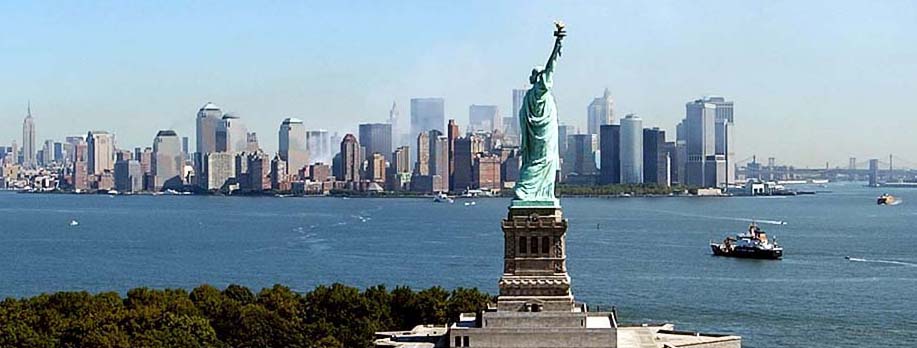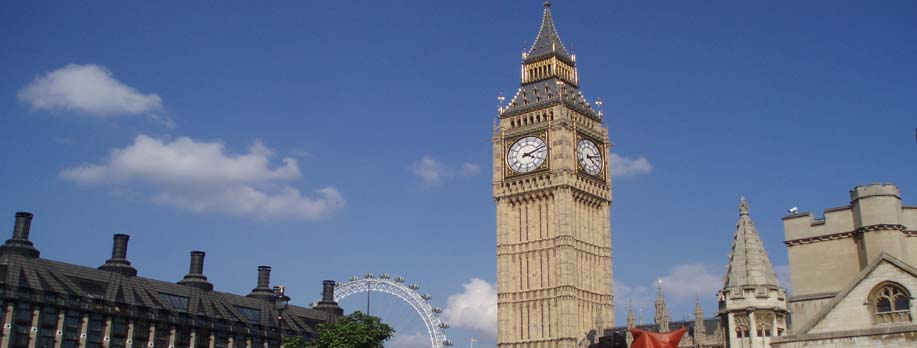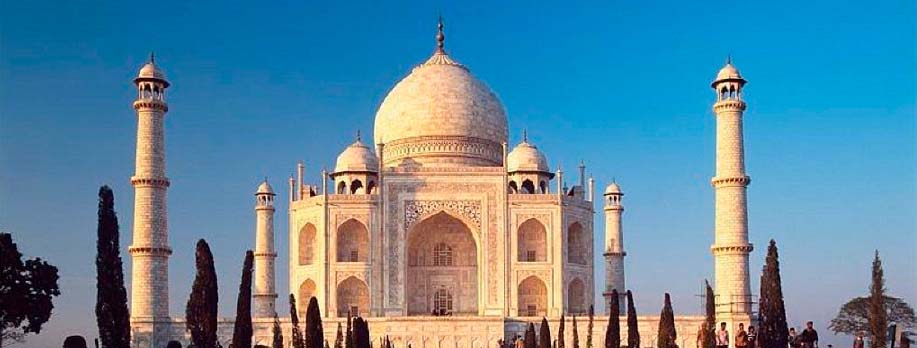| General Information Of Darjeeling | |
|
 |
| Introduction to city Darjeeling - In West Bengal |
|
For witnessing the sheer magnificence of mountains, unsullied and pristine, nothing compares with a visit to the famous hill station of Darjeeling in West Bengal. Even as you drive up the curvaceous roads or take the famous toy train to your destination, you will be awestruck by the resplendence of nature. From the humid plains, you suddenly fill your tired lungs with fresh mountain air. Gurgling streams rush past and in springtime, the ranges are flaming with rhododendrons. The ethnic population is friendly and the influence of Buddhism is strong. Past the Batasia loop, past the Ghoom Buddhist monastery, past the lush tea gardens, you finally arrive in a quaint town with slanting red roofs among the recent upsurge of concrete, peeping at you from behind lofty pines. Like many other hill stations, Darjeeling rose into prominence during the British Raj when it was developed as a major rest and recreation centre. Until the 19th century, Darjeeling (derived from Dorje Ling, meaning the place of the thunderbolt) was part of Sikkim. In 1817, Sikkim conceded the rights to use the place as a health sanitarium to the British after they helped to settle a rather disastrous dispute between Sikkim and Nepal. The imprint of the English on Darjeeling is indelible and can be seen in its gardens, tea estates, hotels and lifestyle. |
| Sightseeing : Places to visit in destination - Darjeeling |
|
For witnessing the sheer magnificence of mountains, unsullied and pristine, nothing compares with a visit to the famous hill station of Darjeeling in West Bengal. Even as you drive up the curvaceous roads or take the famous toy train to your destination, you will be awestruck by the resplendence of nature. From the humid plains, you suddenly fill your tired lungs with fresh mountain air. Gurgling streams rush past and in springtime, the ranges are flaming with rhododendrons. The ethnic population is friendly and the influence of Buddhism is strong. Past the Batasia loop, past the Ghoom Buddhist monastery, past the lush tea gardens, you finally arrive in a quaint town with slanting red roofs among the recent upsurge of concrete, peeping at you from behind lofty pines. Like many other hill stations, Darjeeling rose into prominence during the British Raj when it was developed as a major rest and recreation centre. Until the 19th century, Darjeeling (derived from Dorje Ling, meaning the place of the thunderbolt) was part of Sikkim. In 1817, Sikkim conceded the rights to use the place as a health sanitarium to the British after they helped to settle a rather disastrous dispute between Sikkim and Nepal. The imprint of the English on Darjeeling is indelible and can be seen in its gardens, tea estates, hotels and lifestyle. |
| Excursions : Places nearby city - Darjeeling |
| Once you are through with the sightseeing inside Darjeeling town, it/’s the time to proceed to see the sites nearby. The journey itself is a thrilling experience with high-altitude mountains roads on one side and cloud-covered valley on the other. You can take short trips to Mirik, land of oranges, and the charming city of Kalimpong, famous for its orchids and curio shops. In the same area is Kurseong from where you can get a panoramic view of the Gangetic delta from Eagle/’s Crag. Some other nearby places that can be visited from Darjeeling include Takdah, Sandakphu, and Siliguri. |
Darjeeling City Travel Guide |
Sight Seeing of Darjeeling |
Excursion in Darjeeling
Darjeeling Hotels










